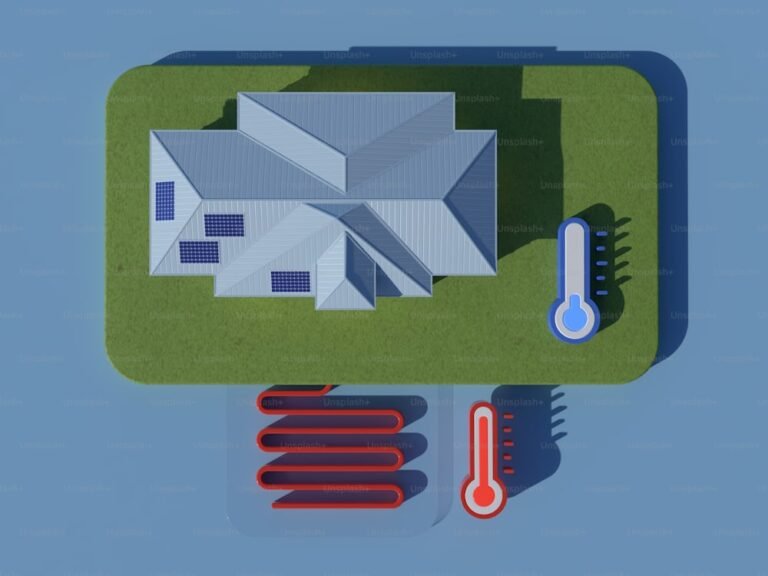Key Takeaways
- Thermoelectric cooling is revolutionizing various industries.
- Innovations in thermoelectric technology are making cooling solutions more efficient and sustainable.
- Real-world applications of thermoelectric coolers range from medical devices to space technology.
Table of Contents
- Introduction to Thermoelectric Cooling
- How Thermoelectric Cooling Works
- Advancements in Thermoelectric Technology
- Real-World Applications of Thermoelectric Coolers
- Medical Devices
- Consumer Electronics
- Automotive Industry
- Space Technology
- Environmental Benefits of Thermoelectric Cooling
- Challenges and Future Directions
- Conclusion
Thermoelectric cooling is a transformative technology that promises to redefine how we approach temperature management. Unlike conventional cooling methods, which often rely on mechanical systems and refrigerants, the thermoelectric cooler uses solid-state electronic devices to achieve efficient and sustainable cooling. This method opens up a new realm of possibilities for environmentally conscious cooling solutions, presenting many opportunities for industries requiring precise temperature control.
This new breed of cooling technology is finding applications across various industries, from medical devices and consumer electronics to automotive and space technology. As innovations in this field continue, thermoelectric cooling systems are set to become even more integral to modern society. Their versatility and efficiency make them ideal for future advancements, likely changing how we think about temperature regulation in the long term.
Introduction to Thermoelectric Cooling
Thermoelectric cooling is a technology changing how we manage temperatures across various sectors. Unlike traditional cooling systems that rely on refrigerants and mechanical components, a thermoelectric cooler uses solid-state electronic devices. These devices leverage the Peltier effect to achieve cooling, making the process quieter and more efficient. This method eliminates the need for refrigerants, often harmful to the environment, thus presenting an eco-friendly alternative. As the demand for sustainable technologies grows, thermoelectric cooling is becoming increasingly popular.
How Thermoelectric Cooling Works
The principle behind thermoelectric cooling is the Peltier effect. This phenomenon occurs when a temperature difference is generated by applying an electric current across two different conductors, typically semiconductors. The method works well for various applications, from extensive industrial cooling systems to tiny medical devices, because it is scalable and efficient. Unlike traditional methods, thermoelectric cooling involves no moving parts, significantly reducing the risk of mechanical failure and enhancing the system’s lifespan.
Advancements in Thermoelectric Technology
The efficiency of thermoelectric cooling systems has been considerably increased by recent developments in materials science and nanotechnology. Innovations such as nanotechnology advancements have enabled the development of new materials with higher thermoelectric efficiency. These substances improve heat transfer and energy conversion rates, enhancing the effectiveness and reliability of the coolers.
Additionally, integrating intelligent technologies has enhanced these coolers’ control and monitoring capabilities, allowing for real-time adjustments and further optimizing their performance.
Real-World Applications of Thermoelectric Coolers
Medical Devices
Thermoelectric coolers are increasingly used in medical devices thanks to their precision and reliability. Devices such as portable insulin coolers and laboratory equipment benefit significantly from the stable temperature management provided by these systems. For instance, thermoelectric cooling ensures that biological samples and medications are kept at optimal temperatures, maintaining their efficacy and safety. This is particularly important for sensitive applications where even slight temperature fluctuations can have severe consequences.
Consumer Electronics
Thermoelectric coolers are used in consumer electronics to control the heat produced by graphics cards and high-performance computers. This ensures that devices run smoothly without the risk of overheating. Effective cooling solutions are crucial to preserving performance and extending the lifespan of these devices, which are becoming increasingly in demand as consumers seek more durable and portable electronics. Thermoelectric cooling offers a dependable option that can adapt to the evolving needs of modern electronics.
Automotive Industry
The automotive industry is leveraging thermoelectric coolers to improve the efficiency of vehicle climate control systems. By using waste heat generated by the engine, these coolers can reduce the overall energy consumption of the vehicle, making them both efficient and eco-friendly. This technology is particularly beneficial for electric and hybrid vehicles, where energy efficiency is crucial. Thermoelectric cooling and climate control may control the temperature of essential parts, improving the vehicle’s overall performance and safety.
Space Technology
Space missions require highly reliable and durable cooling systems. Thermoelectric coolers provide the reliability to maintain the temperatures needed for sensitive instruments aboard satellites and spacecraft. The harsh conditions of space, including extreme temperatures and vacuum, necessitate cooling systems that can withstand these challenges. Thermoelectric coolers are a perfect fit for this application because they are strong and don’t require moving parts. This reduces the possibility of a malfunction during crucial missions.
Environmental Benefits of Thermoelectric Cooling
One of the most compelling advantages of thermoelectric cooling is its minimal environmental impact. Unlike traditional cooling technologies that use harmful refrigerants, these coolers are eco-friendly. They significantly lower carbon footprints and contribute toward sustainable development goals. By eliminating the need for chemical refrigerants, thermoelectric cooling helps reduce greenhouse gas emissions and supports global efforts to combat climate change. Additionally, the efficient energy conversion process minimizes energy waste, making these systems more sustainable in the long run.
Challenges and Future Directions
Despite their promising advantages, thermoelectric coolers face challenges such as material costs and larger-scale efficiency issues. Current research aims to overcome these challenges by investigating alternative materials and improving the performance of thermoelectric modules. For example, advancements in materials science are paving the way for new thermoelectric materials that can offer better performance at a lower cost. Innovations in this field could pave the way for broader adoption and more diverse applications, making thermoelectric cooling a viable option for various industries.
Conclusion
Thermoelectric cooling is poised to revolutionize multiple industries with its efficient, eco-friendly, and versatile applications. As innovations continue to improve this technology, it will become even more integral to our lives. For more information on current advancements, recent engineering research provides deeper insights into the evolving landscape of thermoelectric cooling. By understanding the potential and challenges of thermoelectric cooling, stakeholders can make informed decisions on integrating it into various sectors, thereby driving technological progress and environmental sustainability.





